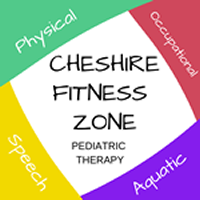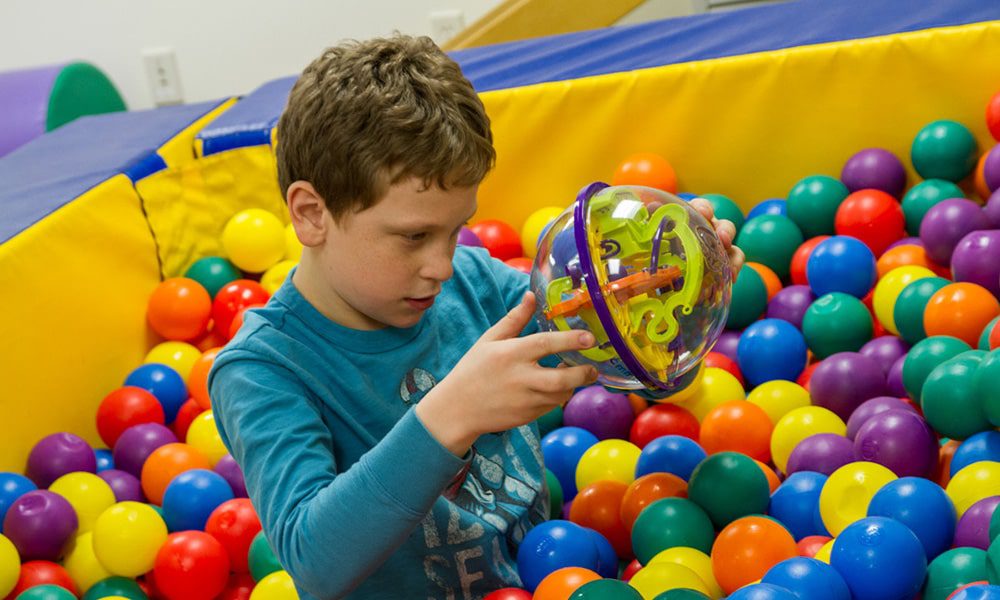Children grow, develop and learn different things in time. At the age of 3 years or so, your child should be able to effectively use two sides of his body without any challenges. This bilateral skill is referred to as crossing the midline. It is simply the ability of the body to move significant parts such as the hand and foot with great coordination. When a child is able to scratch his elbow, it is an indication that he has successfully developed crossing midline skill. At this point, the child can learn to read and write from left to right.
Importance of the midline skill
The midline skill is vital as it helps in the development of brain pathways. It is also an essential prerequisite for the development of a child’s cognitive and motor skills. If your child has trouble with crossing the midline, he is likely to face challenges when it comes to reading, writing and participating in sports. All these skills are hinged on an experience that basically comes from cross-lateral motion of the body. This movement involves coordination of the right arm and the leg.
Creating a worker hand
In child development, crossing the midline is a phase where the child chooses certain body parts for performing main tasks while the other part for helps purposes. For instance, a child will decide whether to write using a right hand and draw with the left or the other way around. This is a clear indication of brain maturation in a child. In the first case (where the right hand is used for writing), the right hand is the worker while the left hand is the helper. If a child does not go through crossing the midline, he is likely to have issues coordinating his hands and other parts of the body that require coordination.
Crossing the midline skill
There are a number of things that you can do to help the child to successfully develop crossing the midline. The most effective way is encouraging the child to participate in bilateral activities, which requires coordination of hands and legs. These activities help to build pathways in the brain for communication. For the child to develop crossing the midline, his left brain must learn to communicate with the right brain. This explains why there is always a worker hand and a helping hand in a child who has successfully developed crossing the midline skill. The brain communicates using the created pathways to facilitate coordination.
What pediatric occupational therapy can do
Pediatric occupational therapy in CT goes a long way to help your child develop the crossing midline skill. The therapy involves interaction with the child to determine his major needs and set realizable goals. In this case, pediatric occupation therapy will focus on creating pathways in the child’s brain to facilitate great coordination, which is a prerequisite for reading, writing and participating in sporting activities. When the child develops s crossing the midline skill, he can be able to read and write effectively. He can also take part in sporting activities because pathways have been created in the brain to facilitate communication between the left and right brain.



